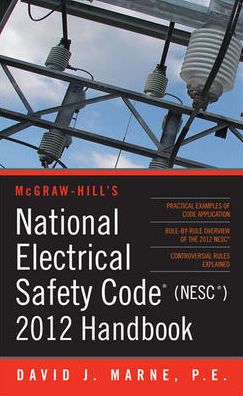I was bored, you have been warned.

I think we need to start from scratch, lets start in article 100. When trying to understand, apply or enforce the NEC it is absolutely imperative that you speak the same language as the NEC. You must look for NEC provided definitions, do not go by your gut or what you think it should mean.
In this thread the definition and understanding of service point is critical.
The service point is the boarder between the NEC Premises Wiring and utility controlled conductors. The utilities generally must abide by the NESC. (National Electrical Safety Code.) Think of the service point as the boarder between USA and Canada, both sides have laws and rules but neithers rules apply across the boarder.
Service Point. The point of connection between the facilities
of the serving utility and the premises wiring.
Informational Note: The service point can be described as
the point of demarcation between where the serving utility
ends and the premises wiring begins. The serving utility
generally specifies the location of the service point based
on the conditions of service.
Now lets look at service drop and service lateral. Neither of these terms refer to NEC controlled premises wiring. Both of those terms refer to utility owned wiring on the utility's side of the service point.
The NEC rules do not apply to Service Drops or Service laterals.
Service Drop. The overhead conductors between the utility
electric supply system and the service point.
Service Lateral. The underground conductors between the
utility electric supply system and the service point.
Now lets look at overhead service conductors. These conductors would be customer owned, maintained, controlled and NEC applies to them.
Service Conductors, Overhead. The overhead conductors
between the service point and the first point of connection
to the service-entrance conductors at the building or other
structure.
Now that we are sure we know what service drops, service laterals overhead service conductors are lets look at the NECs scope.
90.2 Scope.
(B) Not Covered. This Code does not cover the following:
(5) Installations under the exclusive control of an electric
utility where such installations
a. Consist of service drops or service laterals, and associated
metering, or
Notice they did not use the word service conductors, they specifically used the terms service drops and service laterals telling us they are talking about conductors on the utility side of the service point.
Furthermore, lets look at the code section the OP brought up.
230.24 Clearances. Overhead service conductors shall not
be readily accessible and shall comply with 230.24(A)
through (E) for services not over 1000 volts, nominal.
Notice in this case they use the term 'overhead service conductors' not 'service drops' that means the section is talking about conductors on the customers side of the service point therefore conductors, owned, maintained, controlled by the customer.
So in a typical overhead service the service point is at the weatherhead, that means the overhead conductors would be a service drop putting them outside the scope of the NEC and also not referenced by 230.24.
On the other hand, if the service point happened to be at the pole on the street then the overhead conductors would be service conductors, 230.24 would apply and the customer would be reponsible for correction.
Now all that said, keep in mind I am not saying that no rules apply to the OPs situation, only that it is not the NEC that applies. It is likely the NESC which I understand has similar clearances rules as the NEC however the power company would be the ones that would have to enforce it and / or correct it.


